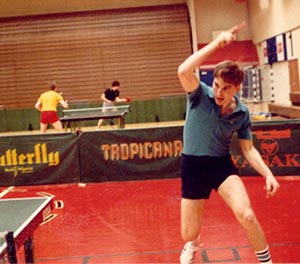USATT Rating Inflation
I blogged about this back on June 19, 2014. The subject came up last night during the USATT Teleconference, where we were discussing creating USATT leagues that would be processed with regular USATT ratings, rather than the separate USATT league ratings that are currently used in many leagues. The question was whether we needed to use adjustments. I explained why the rating system would actually deflate without adjustments, but that in the past we've had the adjustments too high, which led to inflation. I've experienced this in the leagues I've run or been involved with, where over and over we've seen the ratings deflate, leading to us putting in an adjustment factor. (At MDTTC, we give bonus points for winning your group.)
Until now, I've always assumed my analysis of this was my own from about 15 years or so ago, and didn't realize anyone else had studied this. (I have a bachelor's in math, and if not for table tennis might have become a math professor…) Here's how I explained it back then.
"If there were no adjustment factor, the system would be deflationary, and the average rating would be dropping. Why? Because the average player improves after his initial rating. Assuming no adjustment factor, let's say that the average first rating is 1200, and that the average player then improves to 1500. That means the player takes 300 rating points from others in the system. Result? Assuming the same number of players in the system, there are now 300 less points distributed among them, and so the average rating goes down - even though the average level of those players has stayed the same. This should be true of any rating system where there's a direct or indirect exchange of rating points."


 Photo by Donna Sakai
Photo by Donna Sakai


